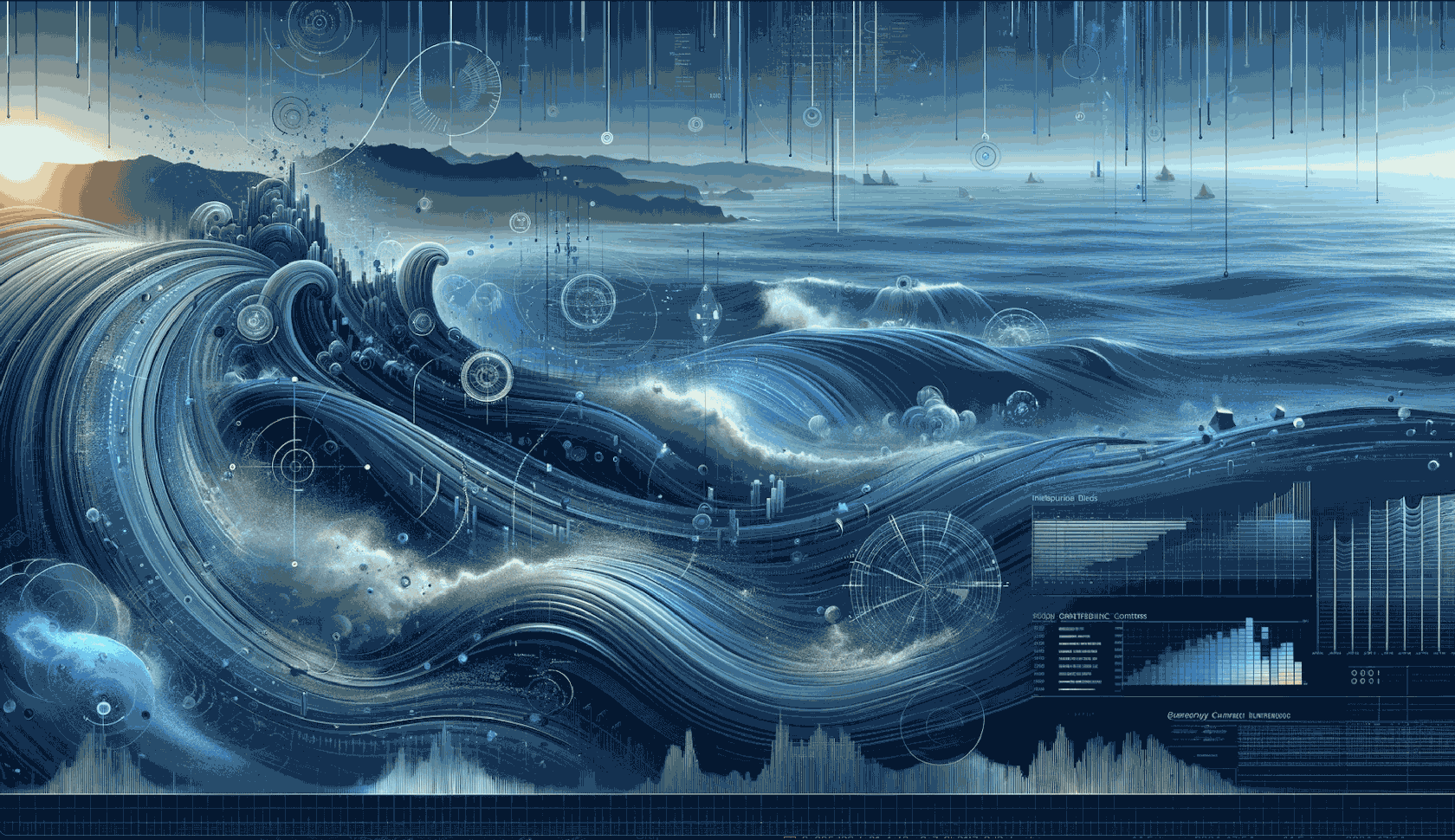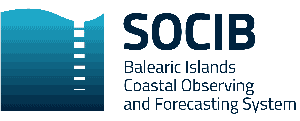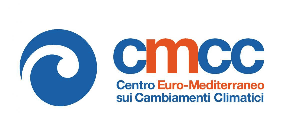
Coastal Currents from Observations Virtual Lab
Developed by the University of Liège, (Belgium), SOCIB (Spain), and CMCC Foundation (Italy).
This image was generated with the assistance of AI
About Coastal Currents from Observations
This VLab provides a service to generate integrated ocean surface current maps from direct and indirect current measurements derived from different sources, High Frequency (HF) radar; drifter data; and geostrophic currents from altimetry data, using the DIVAnd (Data Interpolating Variational Analysis in n dimensions) method. The merging and analysis of these datasets is performed using various constraints, in particular the presence of the coastline, constraints on horizontal divergence as well as a momentum balance (between acceleration, Coriolis force and surface pressure gradient).
Blue Cloud added value:
The main output of this VLab is a service in the form of easily customizable Jupyter notebooks that allow users to generate surface currents maps for a user-chosen coastal region (when data is available and in particular the availability of HF radar data which extents depending on the configuration about 50 km - 200 km offshore). The user would also be able to make Lagrangian simulations based on these currents maps to visualize the movements of artificial drifters released at a user-chosen location (assuming suitable data coverage). The outputs generated consist of gridded surface currents maps, provided in NetCDF files. These will be used to run the MEDSLIK-II oil spill model to simulate the dispersion of an oil spill accident. The operational chain of the MEDSLIK-II model is going to be adapted and deployed in a Docker container.
Data used:
Target users:
Webinars
Blue Cloud Virtual Labs for demonstrating cross domain web based open science



